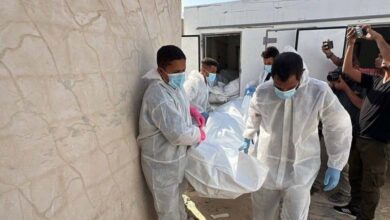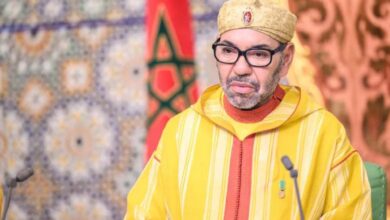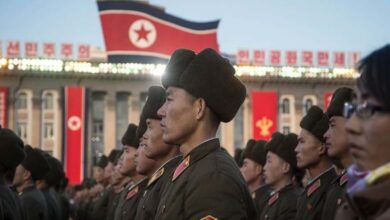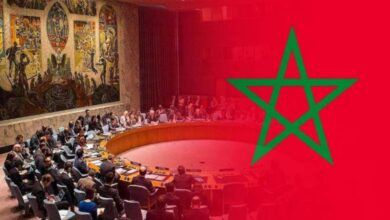Room 140: The Sensitive Materials Wall Deepens the White House’s Rift with Reporters
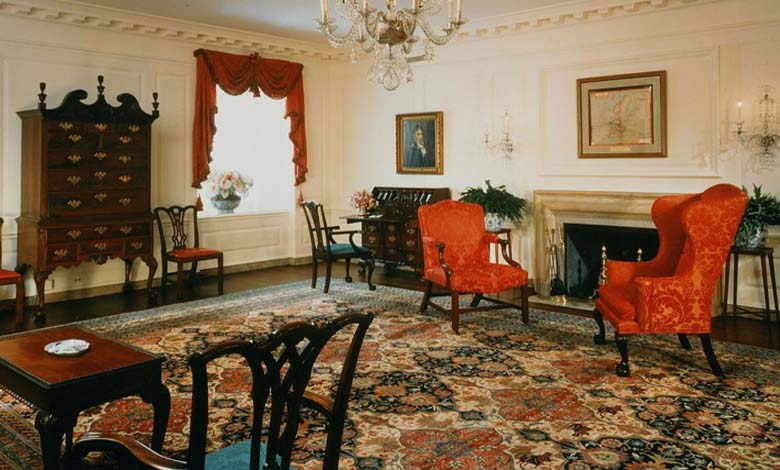
The administration of U.S. President Donald Trump on Friday barred reporters from entering part of the White House press office without prior appointment, citing the need to protect “sensitive materials.”
A memo from the National Security Council (NSC) sent to White House Communications Director Steven Cheung and Press Secretary Caroline Leavitt stated that reporters are “no longer permitted” to visit the section housing Leavitt’s office “without prior approval in the form of a scheduled appointment.”
The new NSC directive prohibits journalists from entering Room 140 — also known as the “Upper Press” — without an appointment, citing the need to safeguard materials that may be sensitive. The memo noted that the change would take effect immediately.
The administration framed the decision as a matter of national security. However, it comes in the wake of a Pentagon policy aimed at limiting the types of information that journalists can report on.
Following recent structural changes within the National Security Council, the White House now oversees all communications, including those related to national security matters. As a result, members of the White House communications team regularly handle sensitive information, the memo explained.
The announcement echoes a similar move by the Clinton administration, which also sought to restrict access to the “Upper Press” before later reversing the decision, according to The Hill.
The Trump White House has repeatedly praised its own transparency, pointing to the president’s willingness to engage with journalists. At the same time, it has maintained tight control over the group of reporters who accompany the president and attend his events — often granting greater access to right-leaning media outlets.



